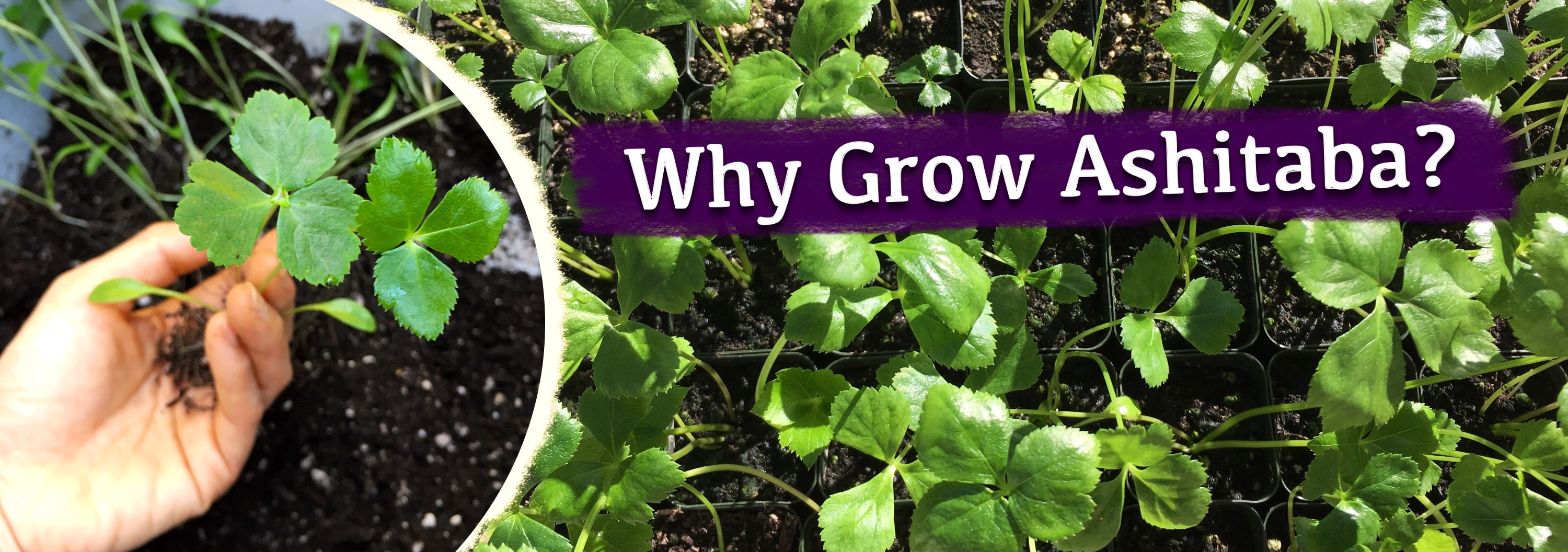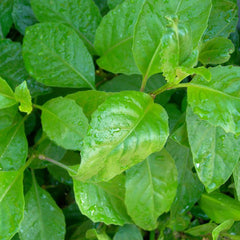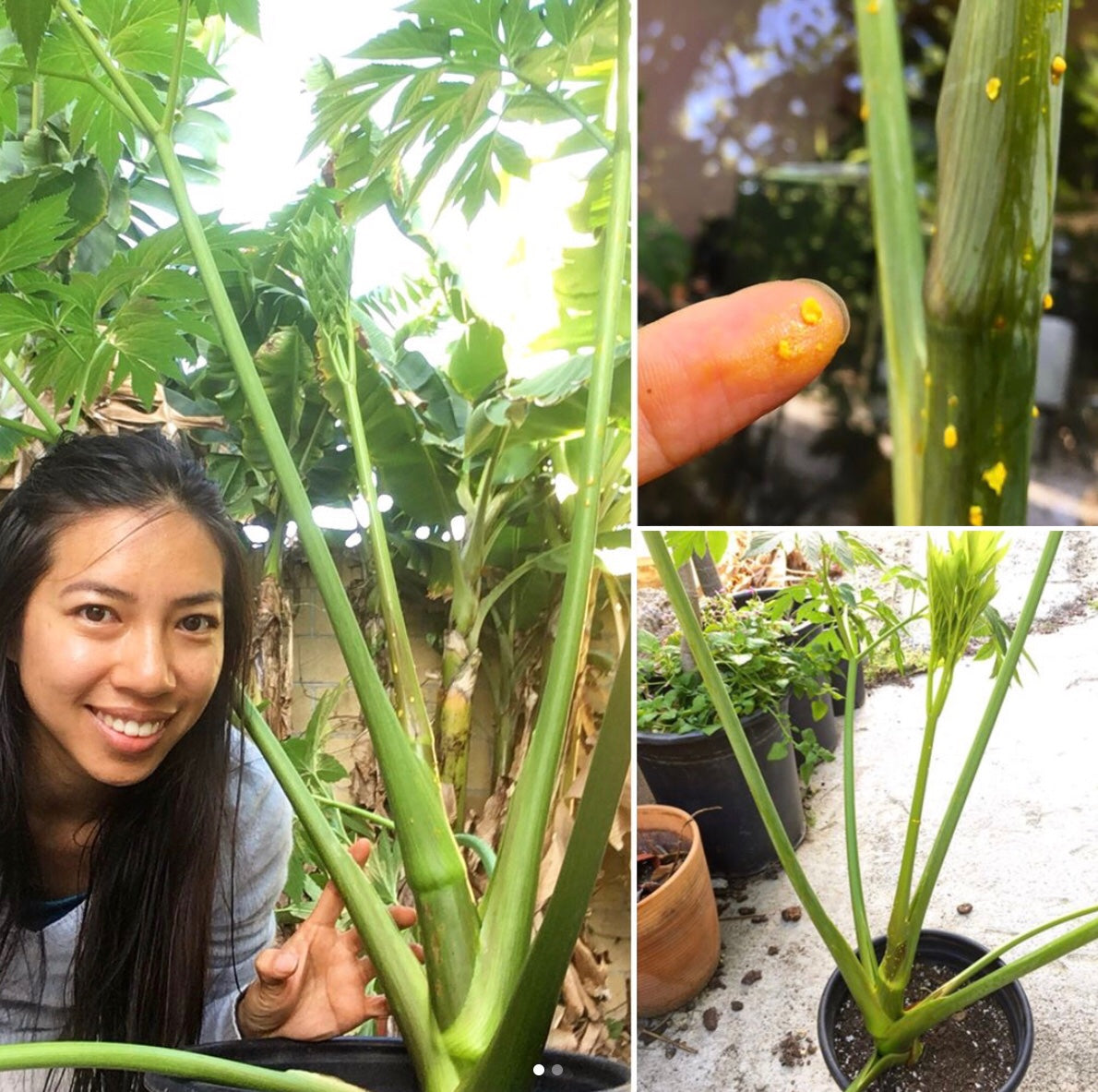Why Grow Ashitaba? February 28 2018
 Ashitaba ( Angelica keiskei koidzumi ) is regarded as one of the most nutritious leafy greens or medicinal herbs. This wild food belonging to the Apiaceae (carrot) family is native to Hachijo Island of Japan. There are other plants that are mislabeled as Ashitaba. If you want to know which is the true Ashitaba, you’ve come to the right place!
Ashitaba ( Angelica keiskei koidzumi ) is regarded as one of the most nutritious leafy greens or medicinal herbs. This wild food belonging to the Apiaceae (carrot) family is native to Hachijo Island of Japan. There are other plants that are mislabeled as Ashitaba. If you want to know which is the true Ashitaba, you’ve come to the right place! One of the vegetables that is most commonly referred to as Ashitaba is the Gynura procumbens (Longevity Spinach). Although it is mistakenly referred to as Ashitaba, this plant does offer its unique health benefits such as for blood sugar and cholesterol health. Every type of plant offered a set of unique properties that benefit our health so I always encourage you to rotate your diet to get the maximum nutritional benefits.
One of the vegetables that is most commonly referred to as Ashitaba is the Gynura procumbens (Longevity Spinach). Although it is mistakenly referred to as Ashitaba, this plant does offer its unique health benefits such as for blood sugar and cholesterol health. Every type of plant offered a set of unique properties that benefit our health so I always encourage you to rotate your diet to get the maximum nutritional benefits. >> If you are in fact looking for Gynura procumbens, plants are available here.
What Does a Real Ashitaba Look Like?

The true Ashitaba AKA Tomorrow’s Leaf grows similar to the structure of a celery plant. Although I don’t find that a new leaf or steam would grow at the very next day after a stem is cut away, but the new stem does grow out very quickly, usually within the week. I believe the name Tomorrow’s Leaf can also symbolize that this plant brings hope and eternal life to one who eats it so to speak.
When the Ashitaba matures, it will bleed bright yellow sap known as Chalcone when the stem is cut. Chalcone helps to purify blood, boost immunity, benefits cholesterol health, blood pressure health, contains anti-cancer and anti-aging, antioxidant properties.
The entire plant is unique in the plant world due to its vitamin B12, which is usually not found in plant based food. This plant contains vitamin A, B vitamins, vitamin C, E, Biotin, Carotene, Calcium, Iron, Manganese, Potassium, Protein, Pantothenic Acid.
>> Watch the baby Ashitaba grow, click here!
>> Want to start growing your own Ashitaba? See here!
